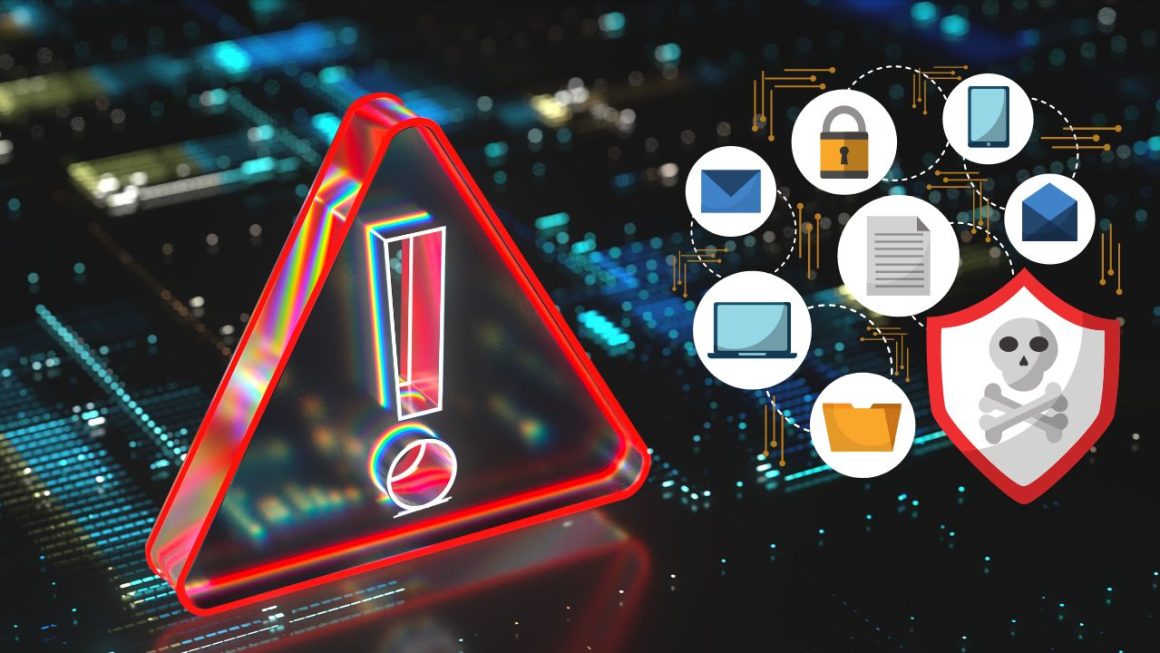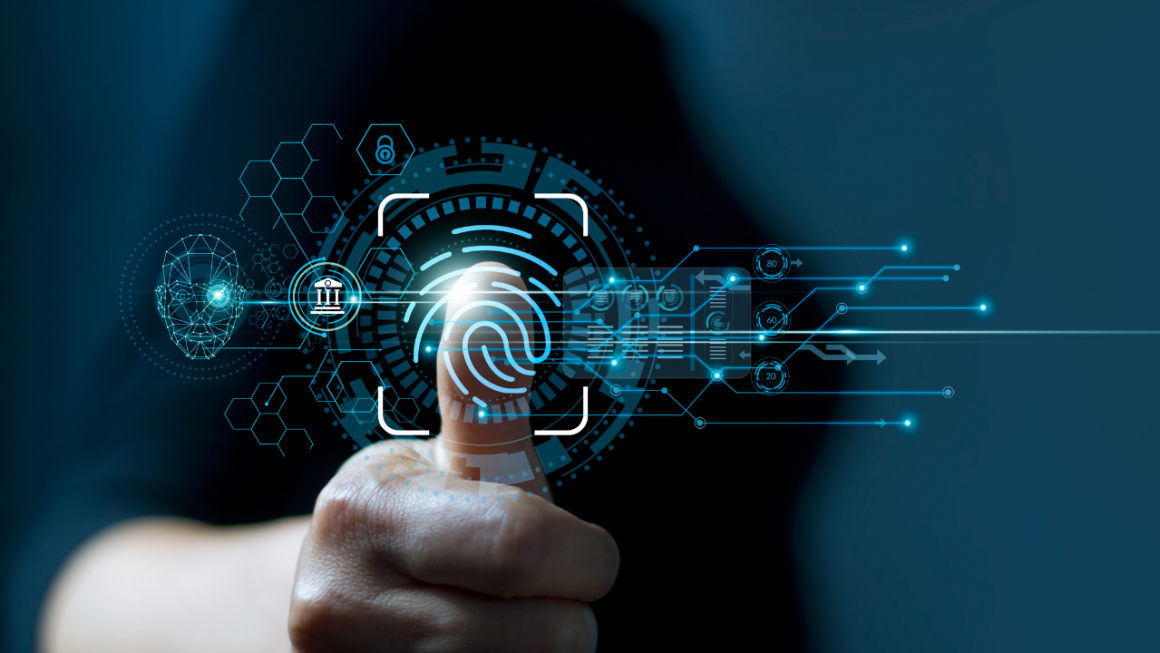In today’s digital era, remote work has become increasingly prevalent, offering flexibility and convenience to employees worldwide. However, this shift towards remote work has also brought about new challenges, particularly in terms of cybersecurity. As more businesses rely on remote operations, the need for robust cybersecurity measures has never been more critical.
Introduction to Remote Work
The concept of remote work has gained significant traction in recent years, fueled by advancements in technology and changing attitudes towards work-life balance. With the rise of the internet and communication tools, employees can now collaborate and perform their tasks from virtually anywhere in the world…
Importance of Cybersecurity
Cybersecurity is the practice of protecting systems, networks, and data from digital attacks. In the age of remote work, where sensitive information is often transmitted over the internet, ensuring robust cybersecurity measures is essential to safeguarding against potential threats.
Types of Cybersecurity Threats
Phishing Attacks
Phishing attacks involve tricking individuals into disclosing sensitive information, such as login credentials or financial data, by posing as a trustworthy entity. These attacks often target remote workers through email, instant messaging, or social engineering tactics.
Malware Infections
Malware, or malicious software, refers to any software designed to disrupt, damage, or gain unauthorized access to computer systems. Remote workers are susceptible to malware infections when downloading files or accessing unsecured websites, putting company data at risk.
Insider Threats
Insider threats occur when individuals within an organization misuse their access to sensitive information for malicious purposes. With remote work, monitoring employee behavior and detecting insider threats can be more challenging, as there are fewer physical oversight measures in place.
DDoS Attacks
Distributed Denial of Service (DDoS) attacks aim to disrupt the normal functioning of a network or website by overwhelming it with a flood of traffic. Remote workers accessing company networks or services are potential targets for DDoS attacks, causing downtime and productivity loss.
Challenges of Remote Work in Cybersecurity
Lack of Physical Security Measures
Unlike traditional office environments with physical security measures in place, remote work setups lack the same level of protection. Employees working from home may use unsecured networks or devices, making them vulnerable to cyber attacks.
Increased Vulnerability to Attacks
Remote workers are often targeted by cybercriminals due to the perceived weaknesses in their security setups. Without the protection of corporate firewalls and IT infrastructure, remote devices are more susceptible to malware infections and other cyber threats.
Difficulty in Monitoring Employee Activity
Monitoring employee activity and ensuring compliance with security protocols can be challenging in a remote work environment. Employers may struggle to track how employees are accessing company data and whether they are following best practices for cybersecurity.
Best Practices for Remote Work Security
Use of Virtual Private Networks (VPNs)
VPNs encrypt internet traffic and provide a secure connection to corporate networks, protecting remote workers from eavesdropping and unauthorized access. Employing VPNs ensures that sensitive information remains confidential, even when transmitted over unsecured networks.
Multi-factor Authentication (MFA)
MFA adds an extra layer of security by requiring users to provide multiple forms of identification before accessing company systems or data. By implementing MFA, businesses can significantly reduce the risk of unauthorized access, even if login credentials are compromised.
Regular Security Training for Employees
Educating employees about cybersecurity best practices is essential for mitigating potential risks. Providing comprehensive training on identifying phishing attempts, recognizing malware, and practicing safe internet browsing habits can empower remote workers to protect themselves and the company’s assets.
Secure Communication Channels
Utilizing encrypted communication channels, such as secure messaging apps and email encryption tools, ensures that sensitive information remains confidential during transit. Secure communication channels prevent unauthorized parties from intercepting and deciphering sensitive data.
Role of Companies in Ensuring Cybersecurity
Investment in Security Infrastructure
Companies must invest in robust security infrastructure to protect against cyber threats effectively. This includes implementing firewalls, intrusion detection systems, and endpoint security solutions to safeguard remote devices and networks.
Implementation of Security Policies
Establishing clear security policies and procedures is essential for promoting a culture of cybersecurity within the organization. Companies should outline guidelines for remote work security, including password management, data encryption, and device usage policies.
Regular Security Audits and Updates
Regular security audits and updates help identify vulnerabilities in the company’s systems and address them promptly. By conducting thorough assessments of network security and software vulnerabilities, businesses can stay ahead of potential threats and minimize the risk of data breaches.
Conclusion
As remote work continues to become the norm, businesses must prioritize cybersecurity to protect against evolving threats. By implementing robust security measures, educating employees, and staying vigilant against potential risks, organizations can ensure a safe and secure remote work environment for their workforce.
FAQs
How can remote workers identify phishing attempts?
Remote workers should be cautious of unsolicited emails requesting sensitive information or containing suspicious links. They should verify the sender’s
identity and avoid clicking on unfamiliar links or downloading attachments from unknown sources.
Why is multi-factor authentication important for remote work security?
Multi-factor authentication adds an extra layer of security by requiring multiple forms of verification before granting access to company systems or data. This helps prevent unauthorized access, even if login credentials are compromised.
What are some common signs of a malware infection on remote devices?
Common signs of a malware infection include slow performance, unexpected pop-up ads, unusual file modifications, and unauthorized access to sensitive data. Remote workers should regularly scan their devices for malware and install reputable antivirus software for protection.
How can companies monitor employee activity in a remote work environment?
Companies can use employee monitoring software to track productivity, internet usage, and application usage in a remote work environment. However, it’s essential to balance monitoring with employee privacy and trust.
What should companies do in the event of a cybersecurity breach?
In the event of a cybersecurity breach, companies should immediately assess the extent of the damage, contain the threat, and notify affected parties. They should also conduct a thorough investigation to identify the root cause of the breach and implement measures to prevent future incidents.



